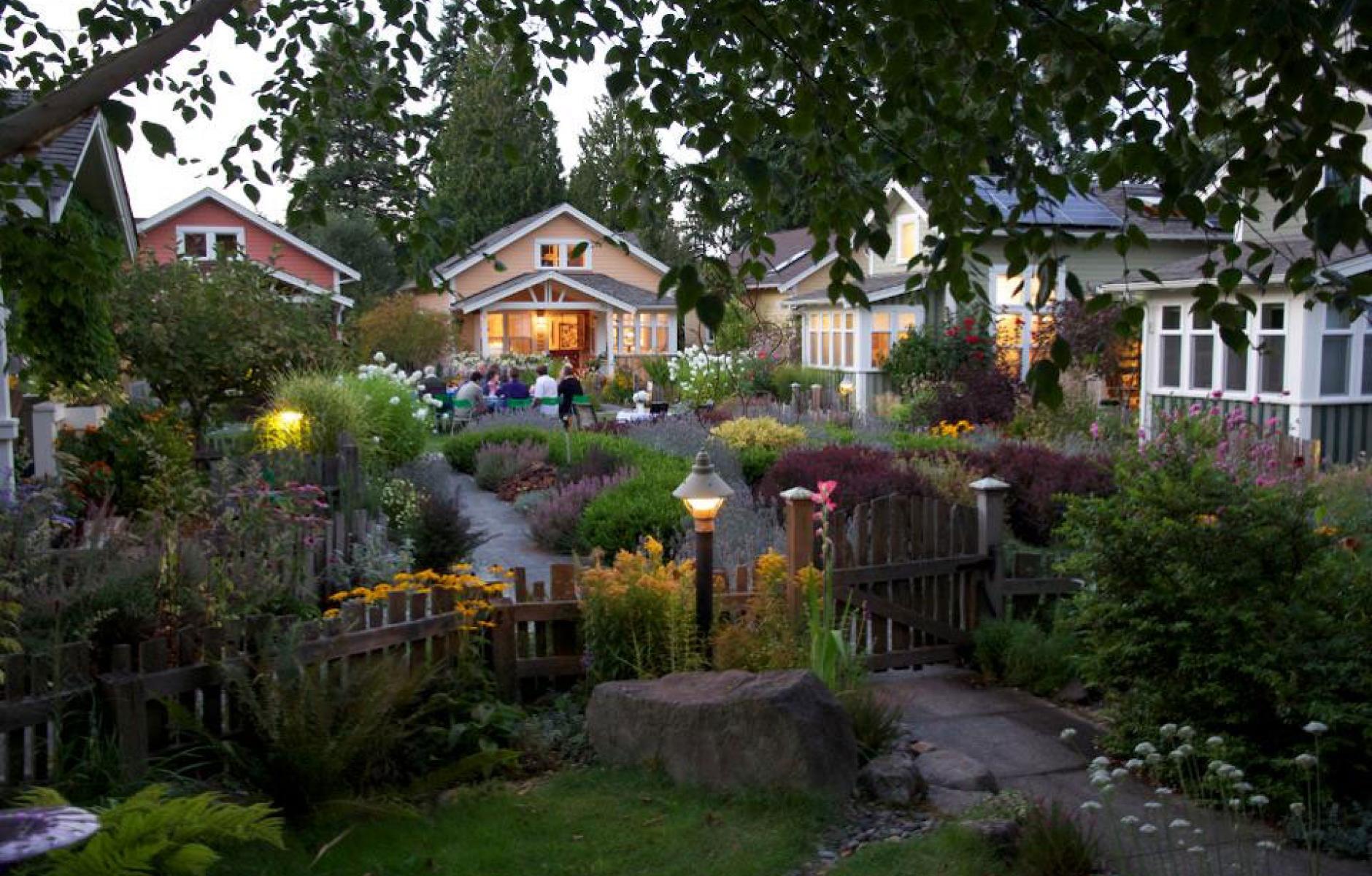I think a large part of our problem has been that we do not DESIGN communities.
They mostly just evolve - one housing development and shopping plaza permit at a time.
And we really do need to revisit that and be more purposeful about long term community planning, as a whole.
Most cities have master plans. The Reno master plan was last approved in 2017 and runs for 20 years. The city of Sparks abandoned the 20 year master plan for a 10 year "comprehensive plan" in 2021. Carson City adopted an updated master plan earlier this year. The counties have their own master plans as do the few other incorporated cities and towns in the area.
Carson City is interesting. The population has been stagnant for ten years at about 60,000. Being the state capital, it exists independently of whatever may be around it, but practically, Carson resembles a suburb. No tall buildings, the "downtown" area is a small district containing the Capitol and other government buildings, and the residential neighborhoods are identical to those found in other suburban areas. Carson City is effectively a suburb of Reno as well as the state capital.
With that said, if you look up population density for Carson, you'll get about 400 per square mile. Sounds spread out. Very spread out. The reality is that about 80% of Carson City's land area is undevelopable. The developed area of Carson is the small, about five mile in diameter Eagle Valley. The valley has been built out for over a decade. Speculators have been building into the mountains, but there's not much relatively flat undeveloped land left.
What would planning such as that in the OP suggest for Carson? From the center of town, it's no more than 2 1/2 miles to anywhere else in town. The size of the city itself makes it somewhat walkable.
The City of Sparks is also suburban as are the surrounding unincorporated areas of Washoe County. The Tahoe Basin is uniquely protected, and the outskirt/bedroom communities are mixtures of suburban, exurban and rural areas. These communities have developed plans as their specific needs have arisen. Reno is the only city in Northern Nevada that can be called urban, in my opinion, and it has annexed so much land over the decades, you can find zoning for just about anything, from a downtown high-rise to horse property in the North Valleys.
The city has focused on a "live, work, play" paradigm for a long time. A few developers have taken the initiative, but many developments have been built with seemingly no foresight. The Five Ridges development will build-out to over 1,200 units, and right now, there is only one road going into the subdivision, and it enters/exits from a previously little-traveled two-lane artery that connects two previously little developed areas. How cities deal with growth, as I've seen here, is different than cities that are mature or declining, like Chicago when I left. Chicago has lost about 1,000,000 people since I left in 1978 and this area has tripled in size since then. Two different situations that require different strategies.
As well, and this is the biggest impediment to growth in Northern Nevada, the topography is rugged. Very rugged. These aren't the rolling Berkeley Hills. Over one million cubic yards of dirt had to be moved in preparing the Five Ridges development. 1,200 units of housing can be built on flat farmland without moving much dirt at all. This is expensive, and without demand, no developer will risk investment. As it's turning out, the homes can't be built fast enough. Demand is very high for housing in this area.
We could do better here with public transportation. I'm sure some officials would welcome building up, especially downtown, but I think the local governments have been proactive in planning. Things change, which makes 20 year plans amendable from the start, and it's when these changes occur without community input that troubles me. Currently, across all jurisdictions, public input is encouraged. The people are listened to. I'm not sure what can be done that would improve things. As long as we have a free economy and society, development will occur according to costs, demand and whatever incentives a government can provide.






